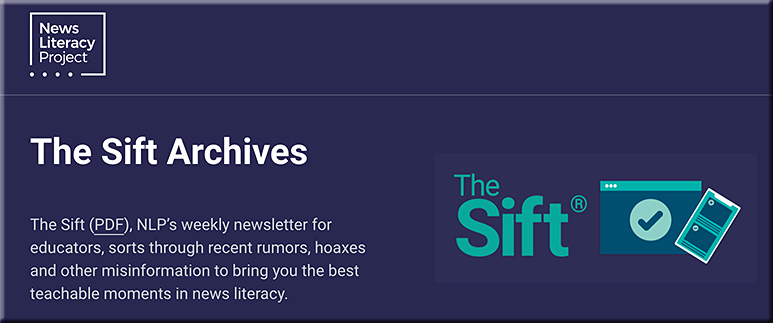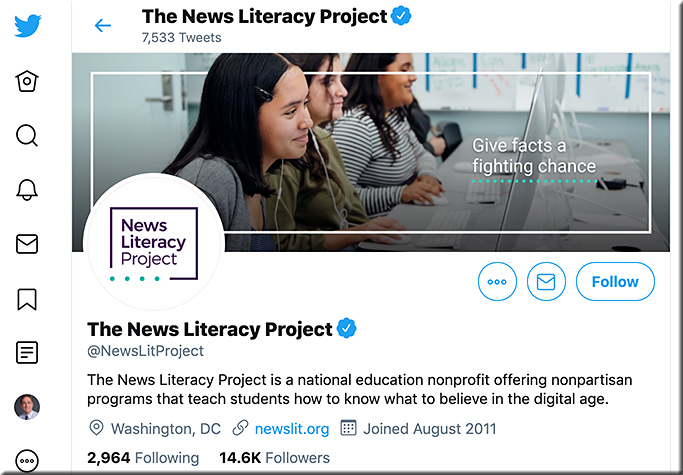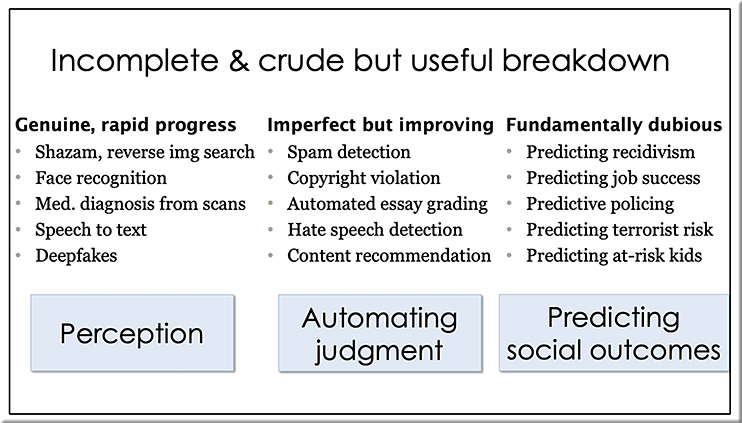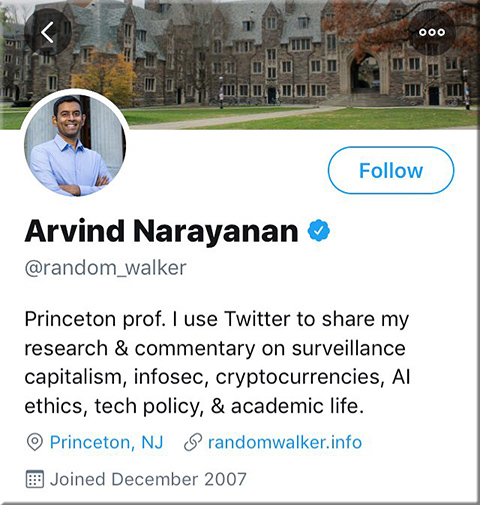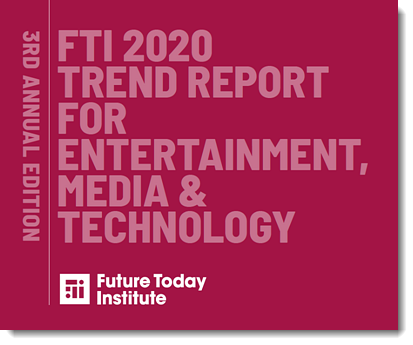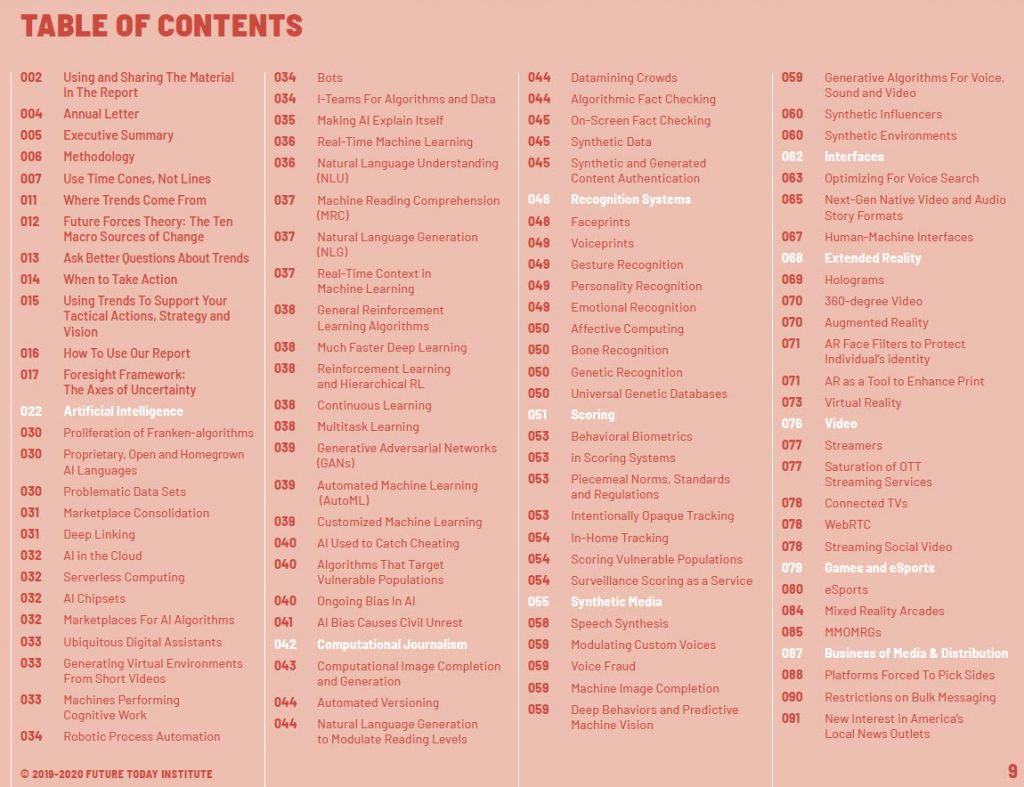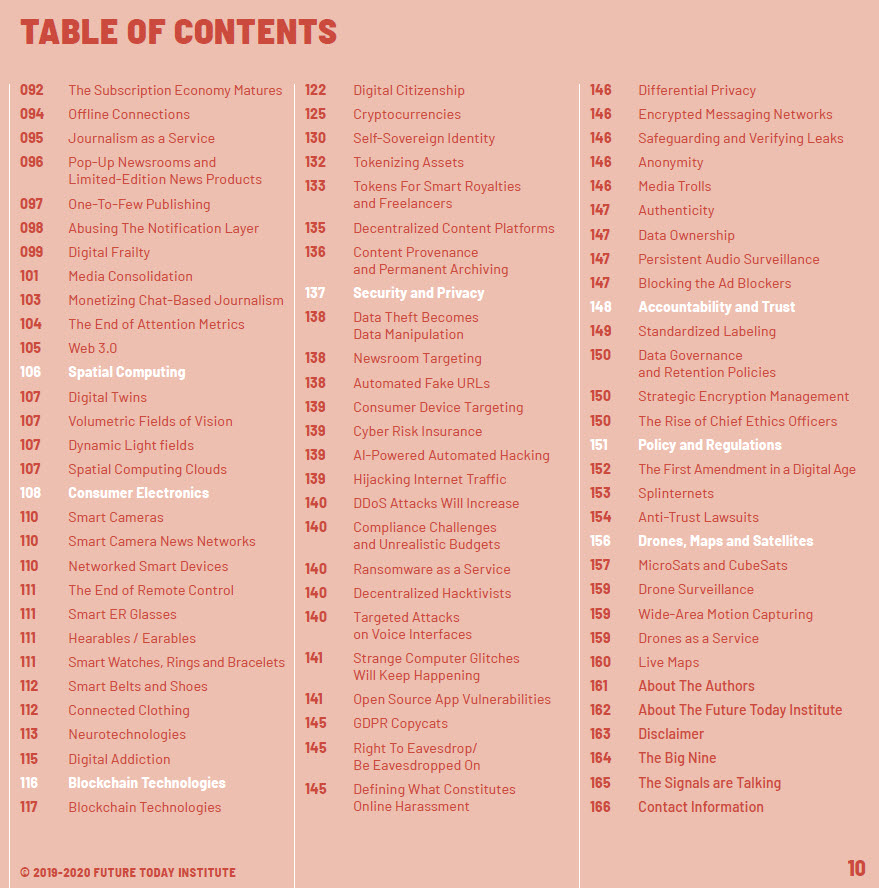“You see this most fundamentally in Bitcoin and in blockchain. The keys will be more and more in the hands of the individual.”
DC: I could see cloud-based learner profiles along these lines too. Each individual will say who gets access to their profile. https://t.co/2jnWBTxeRs
— Daniel Christian (@dchristian5) September 29, 2020
From DSC:
Along these lines…
Sometimes, I think we need to be very careful with Artificial Intelligence (#AI) — which elements of it and which applications of it that we use in our society and which we don’t move forward with. But in the case of cloud-based learning profiles (some might say competency profiles), AI makes sense. Algorithms could make sense. Data mining could make sense.
A cloud-based learning profile might not make sense always to us — as it could be very large indeed. But AI-based algorithms could assist with finding appropriate matches between jobs, competencies, passions, skills, and candidates.
Such services will likely be part of a next-gen learning platform.












